“‘When you stop living your life based on what others think of you, real life begins. At that moment, you will finally see the door of self-acceptance opened.’—Shannon L. Alder. I couldn’t have summarized my journey any better, really. Only recently, as I closed the fourth decade of my life, I found the courage to open that door and never looked back.
As a child, I was pretty content with my life and myself. Growing up in Soviet Latvia in the eighties, the conversation around body image, beauty standards, trends, brands, or fashion was non-existent. We wore what we could find in mostly empty stores or whatever my mom resewed/adjusted from older cousins and friends. Everybody dressed the same, had similar hairdos, used the same perfume and soap. Media and music consumption from the ‘free’ countries was heavily censored. There was very little room for comparison or self-image insecurities.
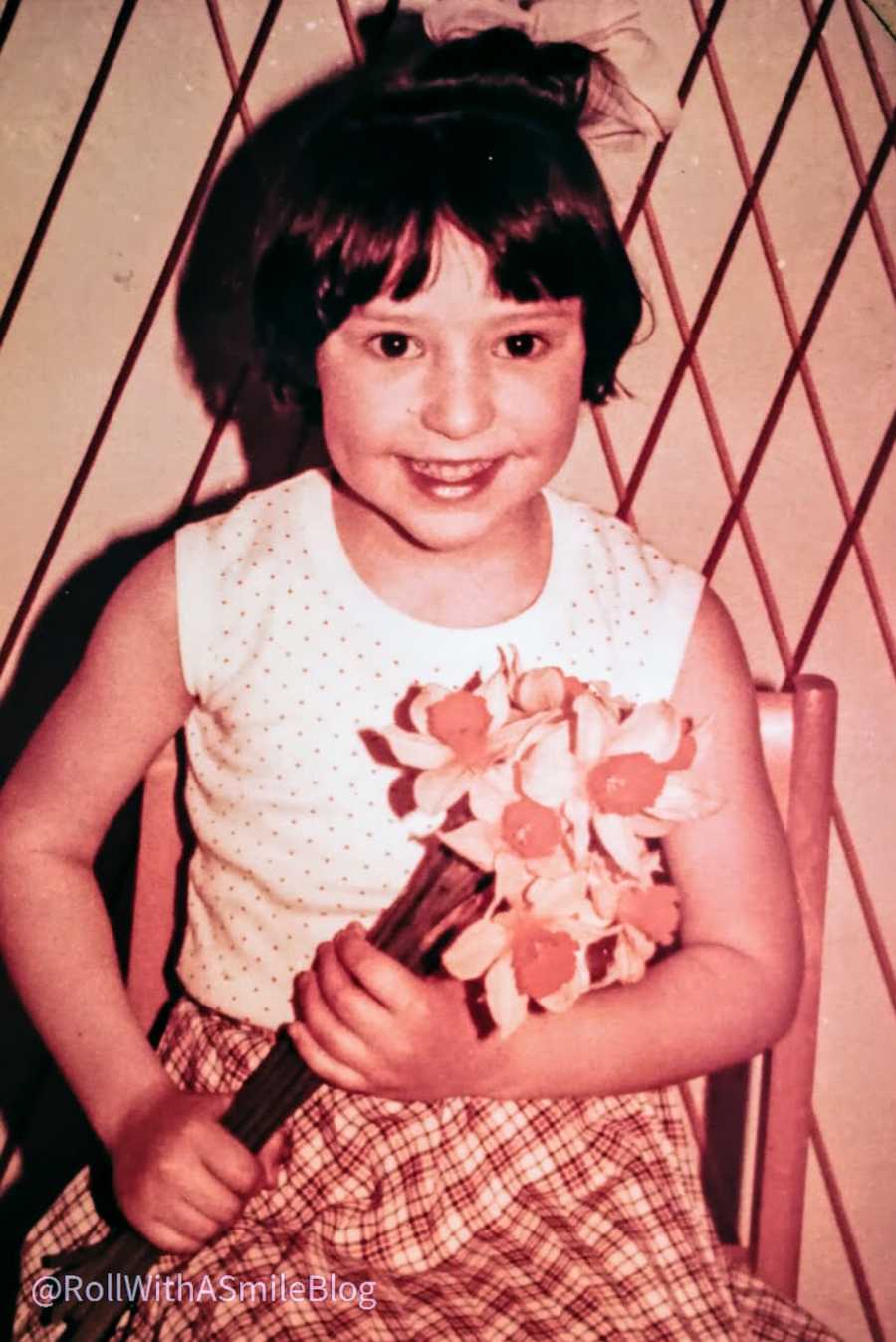
My childhood was filled with innocence, friendships, school, dance, piano classes, summers at the Baltic Sea, family, and happiness. I first became aware of the existence of looks-hierarchy after being called a ‘big-nosed Jew.’ Being brought up in a family of Holocaust survivors, I was prepared my ‘Jewishness’ won’t always be liked. What shook my 11-year-old world to the core was the nose reference. Did it mean some people will dislike me only because of my looks? Was there a scale? I started observing, noticing the differences, categorizing them in my head. I still thought I was cute, but now I was ultra-aware.
When I was 12, my family immigrated to Israel. Overnight, from being a popular, happy kid always surrounded by friends, I became an outcast. I didn’t speak the language, my clothes were different, I didn’t know the games, the songs, the jokes. I was miserable. I saw kids looking at me and laughing, but I didn’t know why. All I knew was I wanted to be one of them. For weeks, I sat in the classroom, not understanding a word, observing and absorbing quietly. Too young to understand the price, driven only by the basic human need for connection, I made it my mission to fit in.

First, I changed my name because my original one wasn’t Israeli enough and was always mispronounced. Then I perfected my accent. If it wasn’t for my lacking vocabulary, no one would have known Hebrew wasn’t my first language. I learned songs, changed my hair, collected whatever was popular at the time, begged my mom to buy me a cool backpack. At the age of 14, I started working during school breaks to afford nicer clothes. I cleaned houses, washed peoples’ hair in a hair-salon, babysat, made frozen yogurt, sold sandwiches, waited on tables—you name it. Every shekel I saved was used to buy my way into acceptance.
There was progress, but I never felt fully embraced by the popular kids, and that’s what I craved most. At 18, as I enrolled in the army, I was finally granted a clean slate. My name was ‘right,’ my Hebrew perfect. No one knew about my past, and I felt equal and accepted. The problem was now I was preoccupied with protecting this new identity while hiding the parts I was ashamed of. It was almost like living a double life. At home, I was me. Outside, I completely disassociated myself from the immigrant part of my identity. The trauma was so impactful I carried it into my college years.
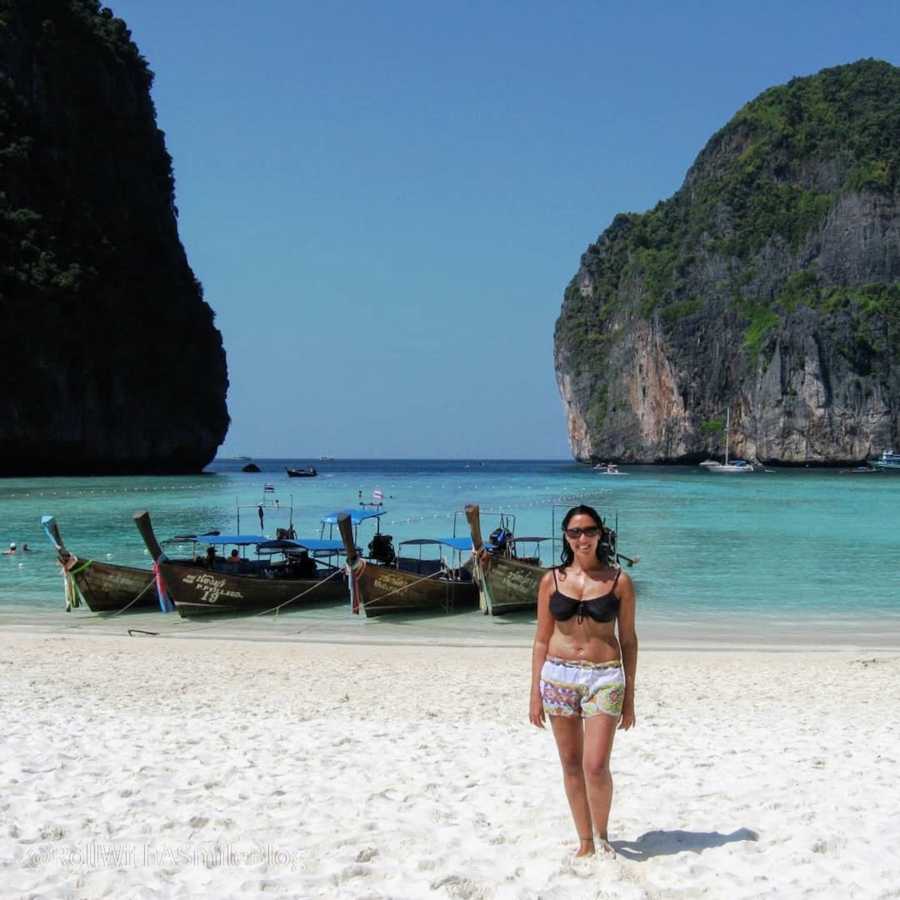
I vividly remember being afraid of telling a very close friend about my past. I was ashamed, worried, scared of rejection. It took years of work to merge my two identities and to be proud of them. Little did I know the ultimate test of self-acceptance hadn’t even started yet. By my middle twenties, I was mostly content with my life. I just started a fantastic job, rented my first ‘grown-up’ apartment, bought a car, had a full social calendar, traveled the world. Like every young woman, I was also in a constant chase after body and beauty goals. I never hated my looks, but I was constantly comparing myself to others and always found ‘flaws’ I needed to fix.
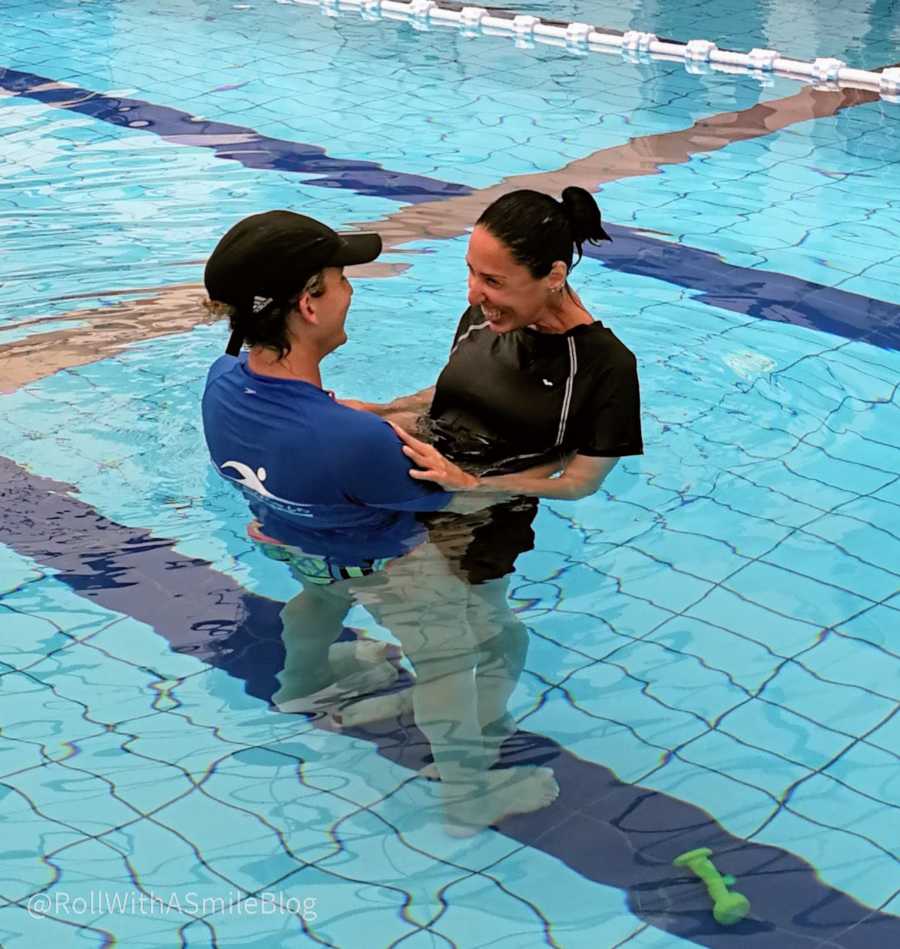

I exercised, dieted, tanned, toned, concealed, and accentuated—all for attention, which gave me the coveted illusion of worthiness. The first time I experienced muscle weakness was in my late twenties. I vividly remember every little detail. I was in a fitness class. We were asked to lie on our stomachs, hands behind the head, and lift the upper part of our bodies using the shoulder blades’ muscles (scapulas). No matter how hard I tried, my body refused to cooperate.
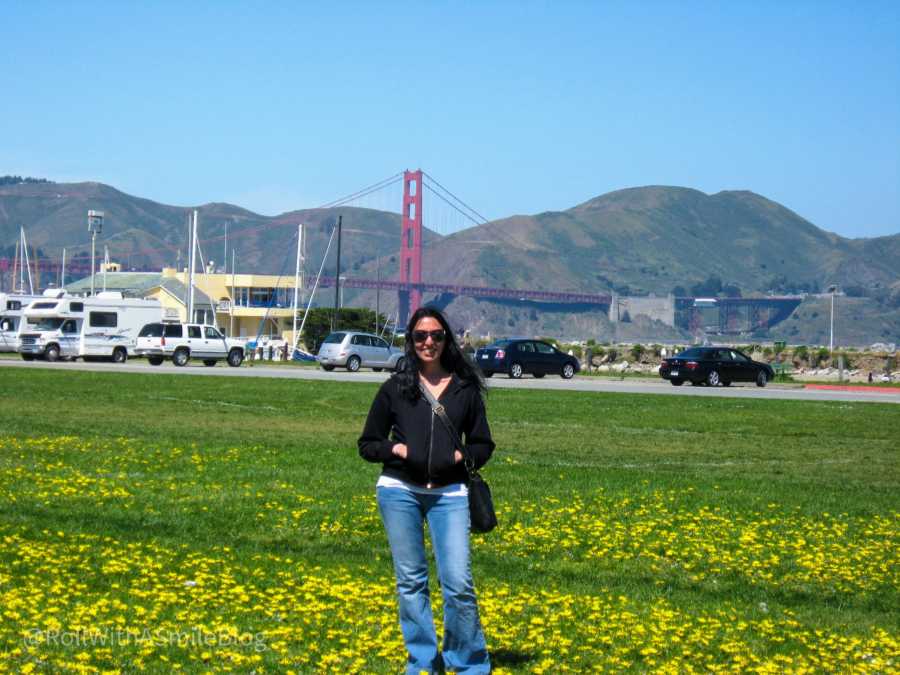
Several months earlier, I received some concerning blood test results that sent me obsessively Googling what they might indicate. At that moment, lying on the mat, seeing everyone around me move with ease when I couldn’t, I knew. Muscular dystrophy. From this moment on, I embarked on a 2-year-long journey toward diagnosis. After countless tests and specialists, more weakened muscles, tons of denial, and a couple of panic attacks, the verdict was in—Fasioscalpulohumeral muscular dystrophy or, in short, FSHD.
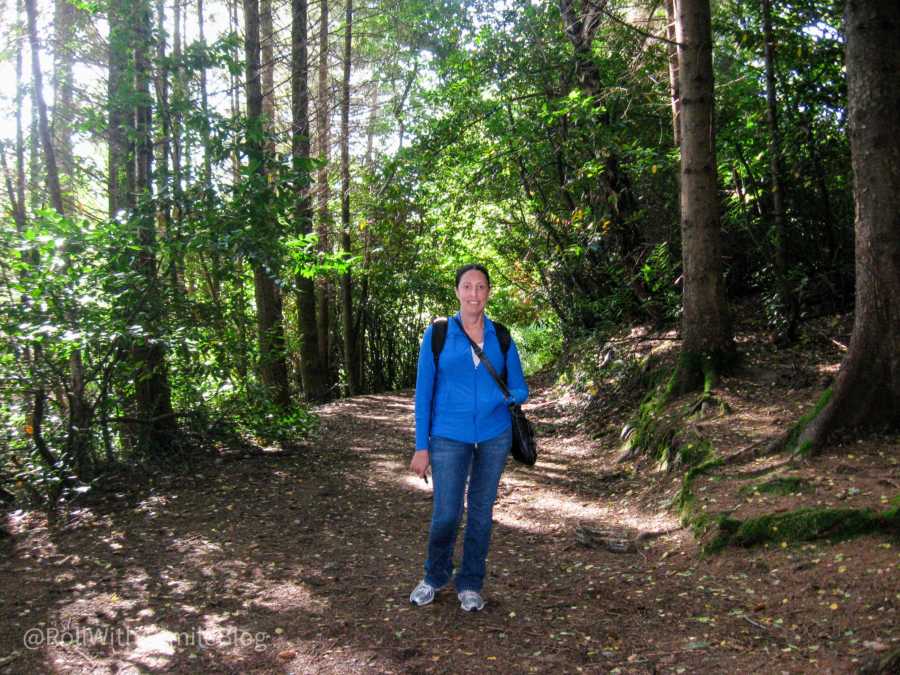
I learned it was a progressive, degenerative muscle disease that affects mostly the skeletal muscles. While most cases are inherited, there are approximately 30% of spontaneous mutations like mine. The extent of disability, the progression speed, pain levels, and the initial offset vary from one person to another. Only 20% will eventually become dependent on a wheelchair. There’s no treatment or cure. My coping technique, at this point, was denial. I convinced myself the progression would stop any minute and my life would remain the same. But it never did. It kept taking away my abilities, adding more cracks in my fragile self-esteem.
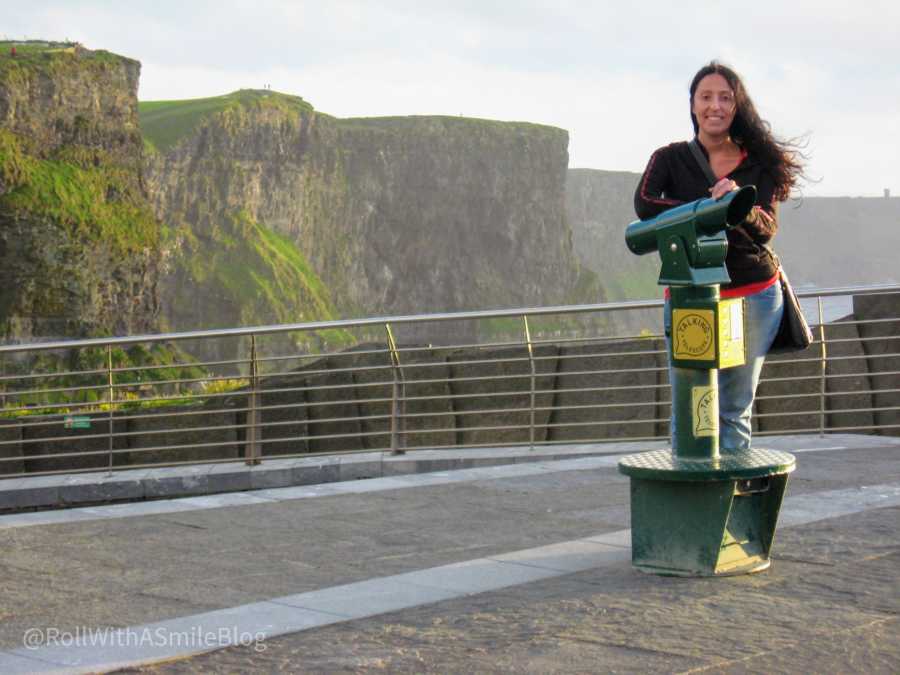
And just like that, I was back to my acceptance-seeking self. Feeding off all the negative narratives around disability, I was terrified of being outcasted again. All I saw was sad, lonely, dependent, pitied people who were occasionally praised for getting out of bed and finding the strength to fight. So I hid it. I disassociated myself from yet another part of me. I dated but wasn’t honest. I wore clothes that disguised my changing body. I refused to seek support groups, or connect with other disabled individuals, avoided asking for help at the cost of endangering myself, diminished my pain and fears.
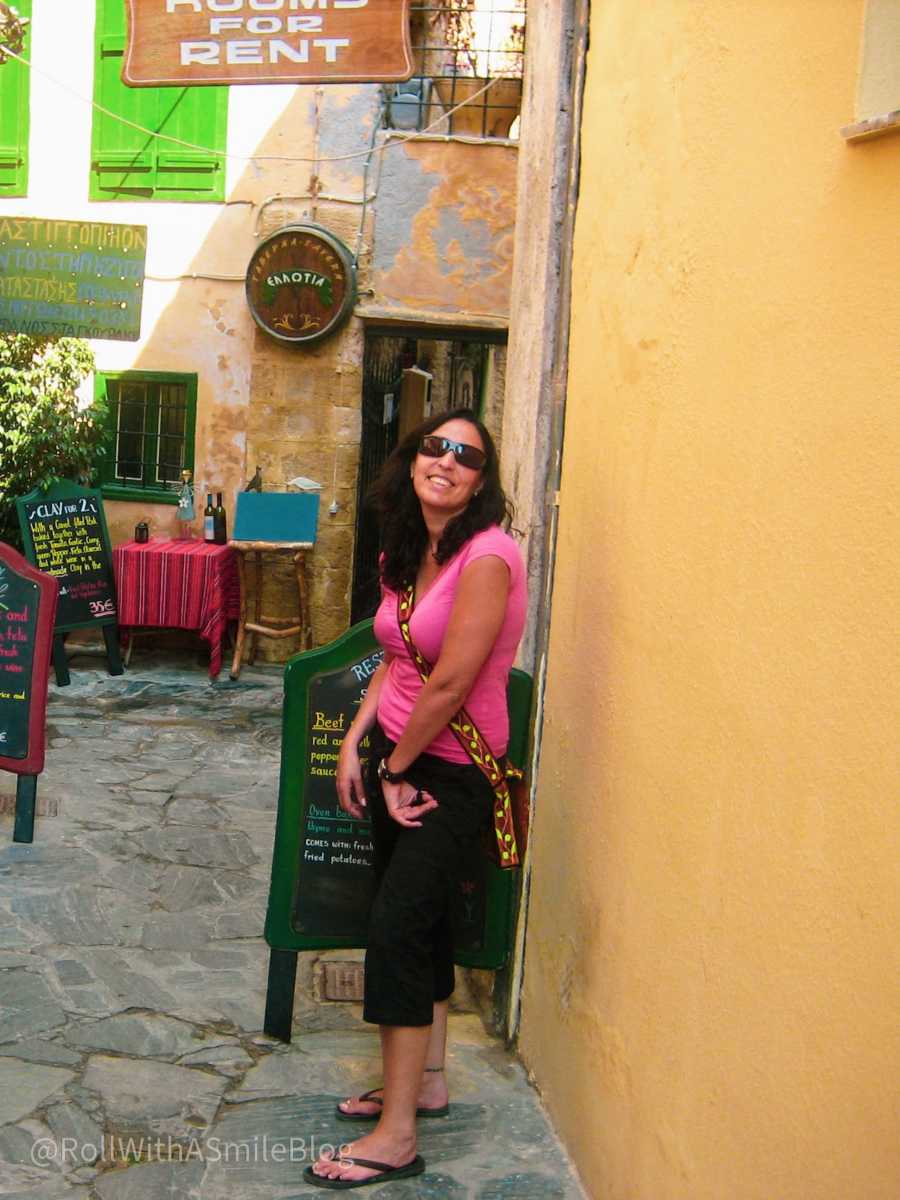
As much as I resisted it, change was inevitable and brought so much loss—loss of abilities, friends, lovers, confidence, jobs, hobbies, and appearance features. My family and close friends did everything they could to provide a safe and supportive environment for me, but I never fully let them in. I chose isolation over new connections, staying home over mobility aids, being in unhealthy relationships rather than opening up to real ones. It was a very lonely existence, led mainly by fear of not being accepted.
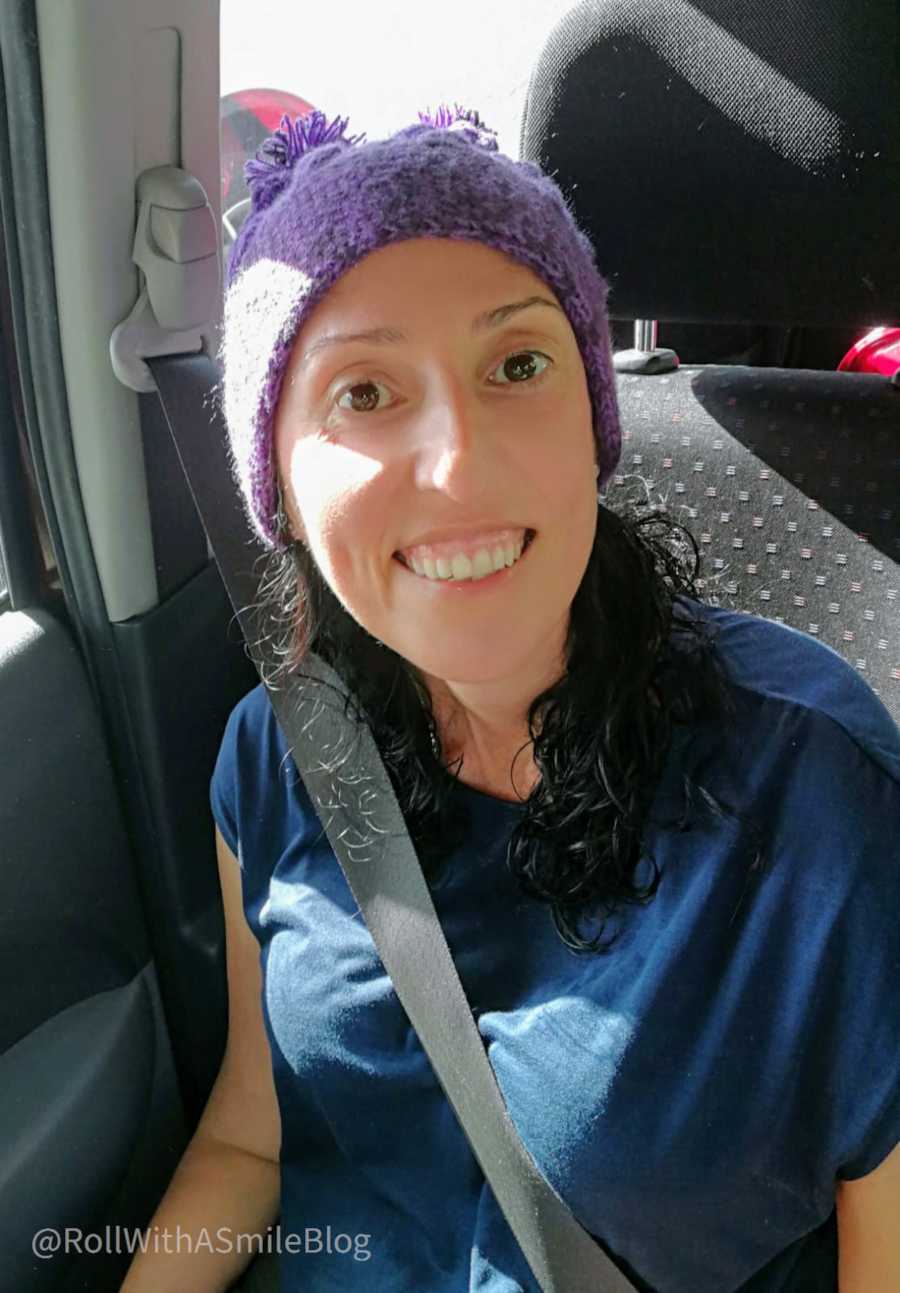
I hit my lowest point 5 years ago, after another unlucky fall (there were many). My body just couldn’t recover physically, and the fear of falling was too overwhelming. I quit my job, moved to a small village, hired a caregiver, started using a wheelchair, and began yet another journey towards self-acceptance. This time hiding was not an option; my disability was the first thing people saw and often the only thing. There was depression, therapy, countless self-help books, support groups, crying, self-pity, and more. But there was no more denial.
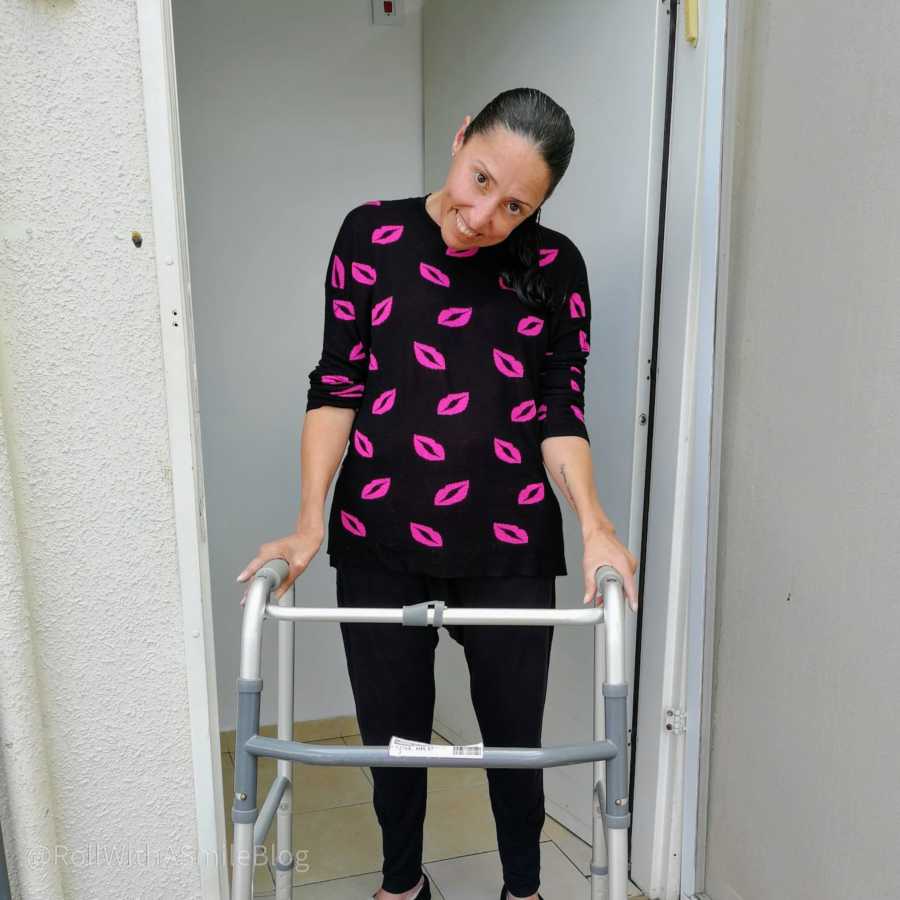
To those dealing with similar challenges, I would say research about disability history and ableism. Knowing the source of society’s negative views of disability and unpacking internalized ableism helped me realize I am not the problem. Follow disability activists. They gave me the courage to be unapologetically me, and learn how to advocate for your rights. Surround yourselves with close and supportive people who are willing to listen and learn, even if it makes them feel uncomfortable. Stop judging yourselves. Take care of your mental health. Reach out to support groups. It’s not easy, but your best is enough!
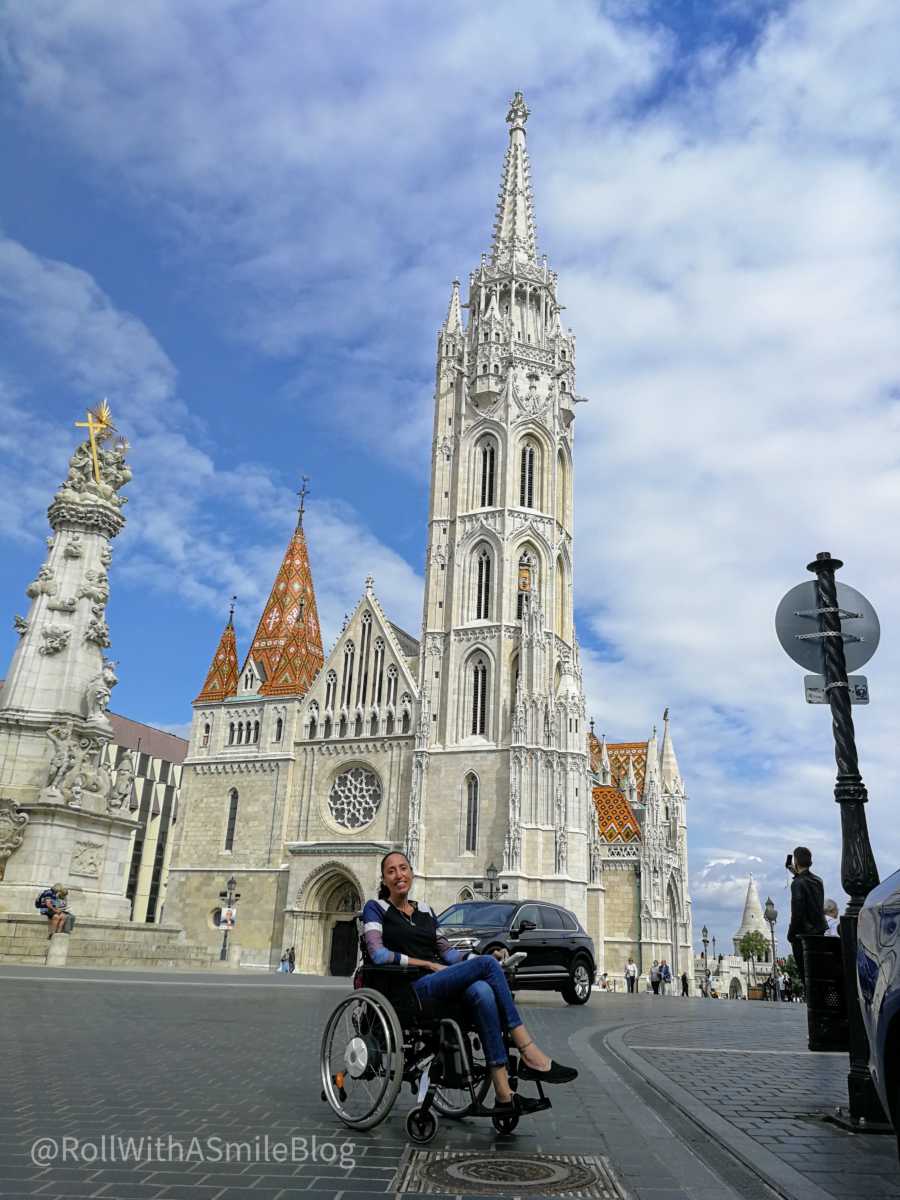
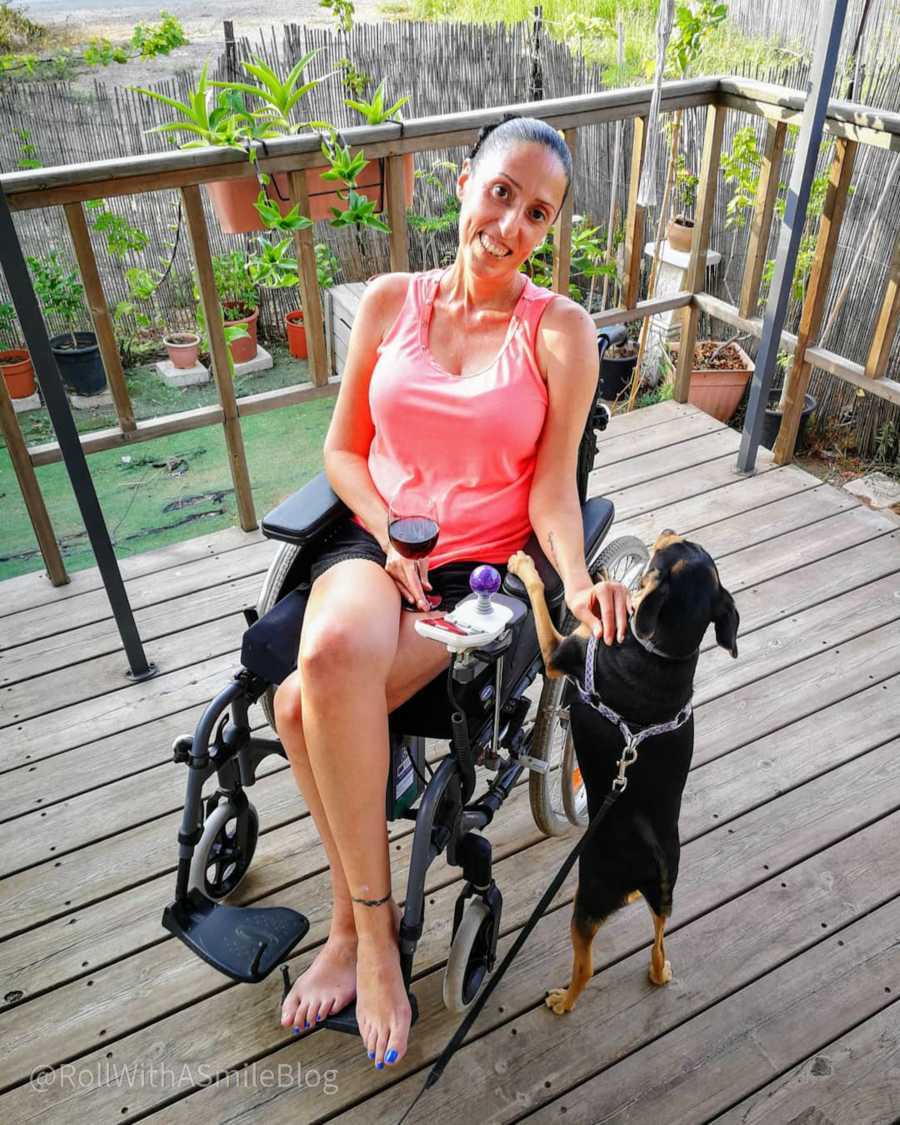
After everything, I believe I am the best version of myself to this day. I live a full life, travel (maybe not now), work as much as possible, have hobbies, family, friends, dreams, and plans. My body isn’t worse than a non-disabled body; it’s just different. I don’t need anyone’s approval to feel worthy or happy in it. In fact, there are many moments when I feel happier than ever before. As far as muscular dystrophy, as much as I would love to have a cure, it’s not my biggest wish. I wish my nephews to grow up in a truly accepting and inclusive society, where differences are celebrated rather than shamed.”
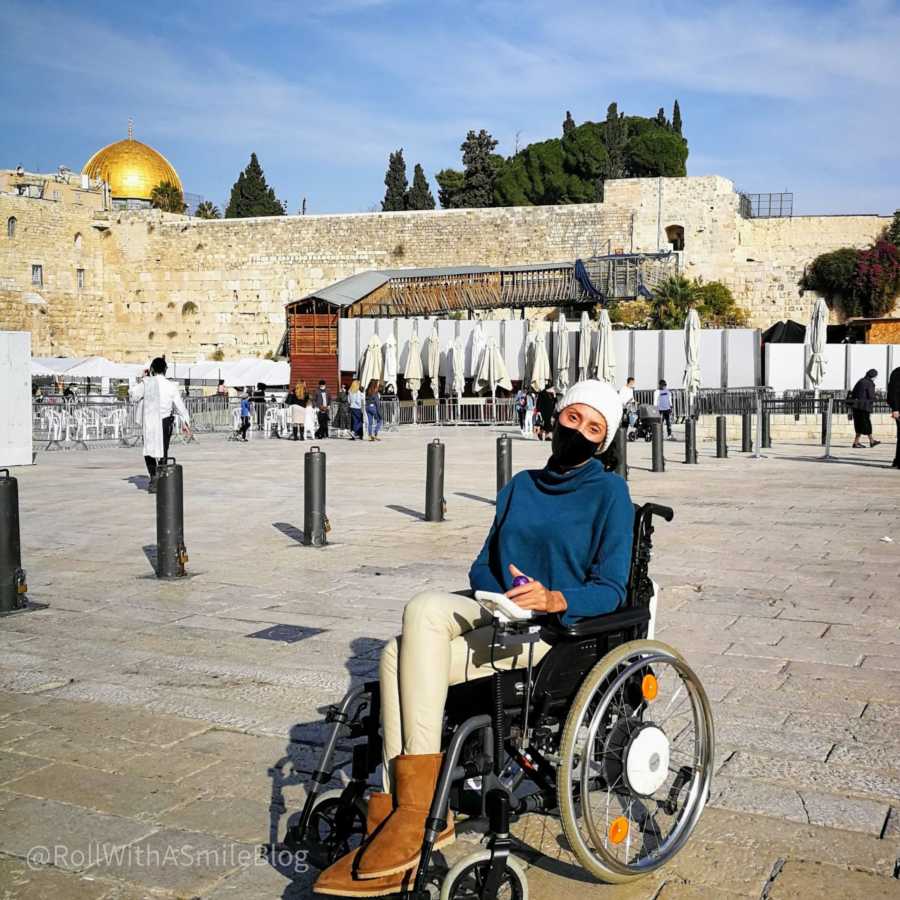
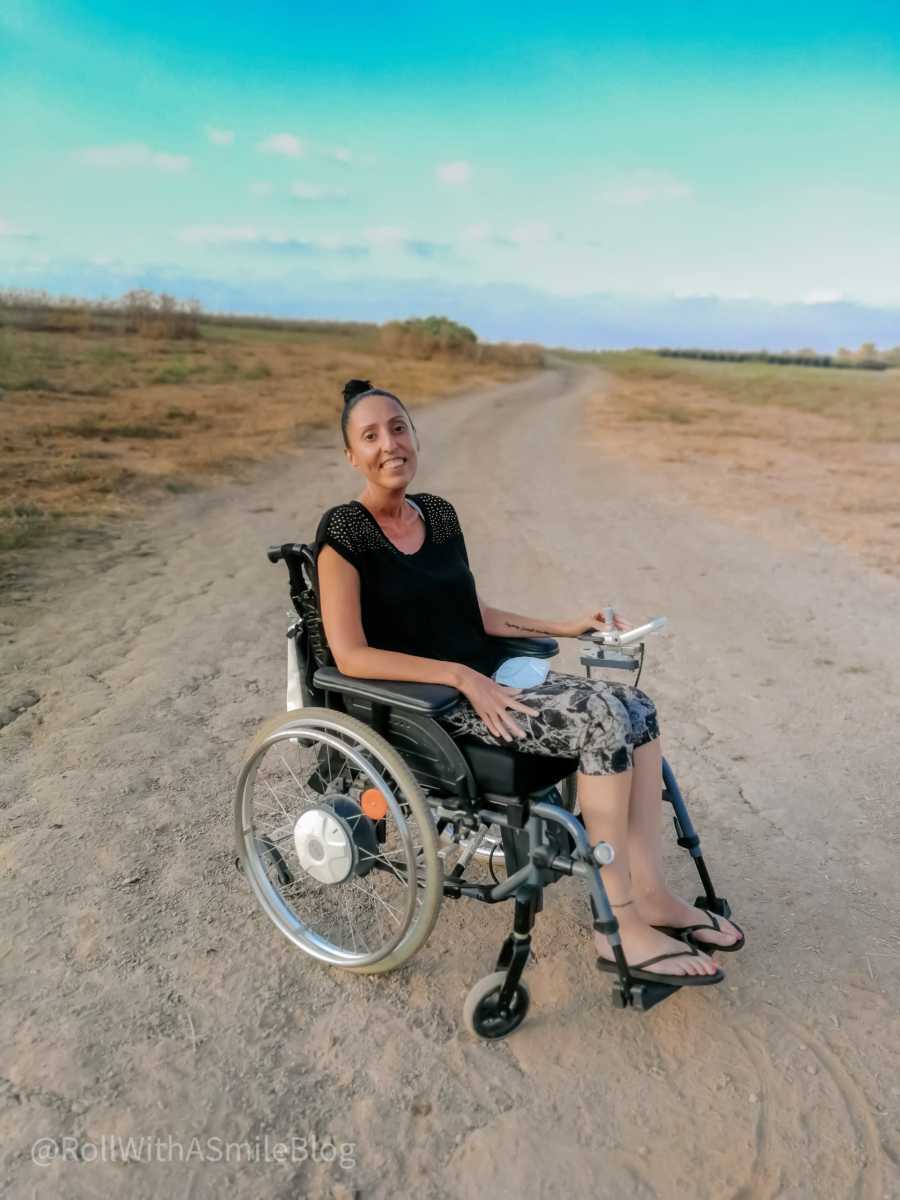
This story was submitted to Love What Matters by Tali Maron. You can follow her journey on Instagram and on her website. Submit your own story here, and be sure to subscribe to our free email newsletter for our best stories, and YouTube for our best videos.
Read more stories like this:
Provide beauty and strength for others. SHARE this story on Facebook with friends and family.




